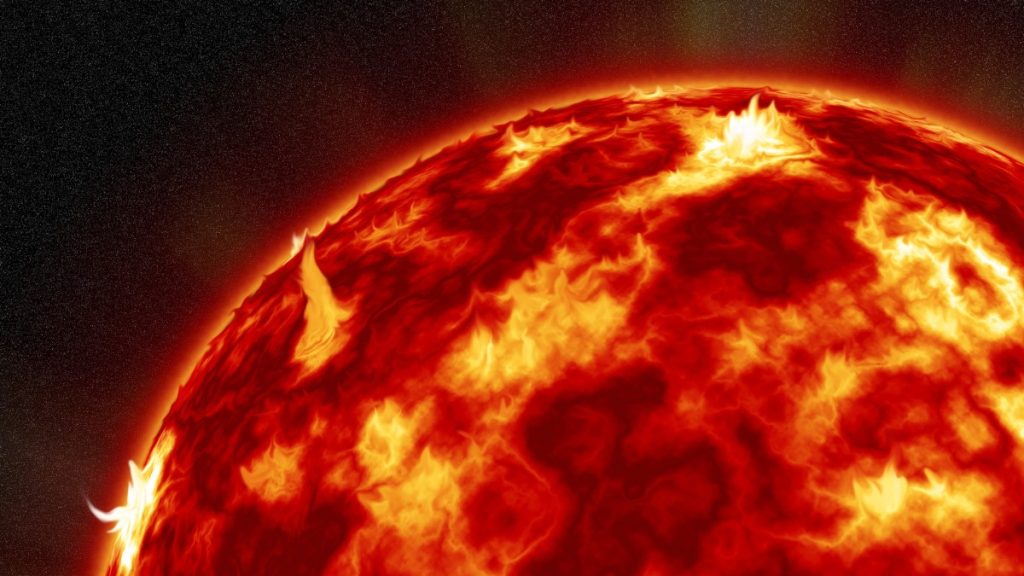Imagine an AI that can look at the Sun and warn us before dangerous solar storms hit Earth. That’s exactly what NASA and IBM have built: a groundbreaking AI model called Surya. This new system could give scientists and industries precious hours of warning before solar flares disrupt our satellites, GPS systems, or even power grids on Earth.
Check out: Where Is Hurricane Erin Heading? Read about Path, Dangerous Rip Currents and U.S. Impact Updates
What Are Solar Storms and Why Should We Care?
Solar Storms are sudden bursts of energy from the Sun. When they reach Earth, they can:
Disrupt GPS and communication satellites
Interfere with airline communications
Cause geomagnetic storms may damage power grids
Pose a risk to astronauts in space
In short, solar storms aren’t just a space issue; they can affect our everyday lives on Earth.
NASA + IBM Team Up: The Surya AI Model
To tackle this challenge, NASA scientists joined hands with IBM researchers in Europe to develop an AI system named Surya (Sanskrit for “Sun”).
Here’s how it works:
Surya was trained on nine years of solar images from NASA’s Solar Dynamics Observatory.
It studies the Sun’s patterns across 13 wavelengths of light.
The AI can then predict what the Sun will look like hours in advance, even flagging the early signs of solar flares.
How Accurate Is It?
When tested, Surya proved 16% more accurate than older machine learning models at predicting flares. Even more impressively, it can generate images of future solar activity up to two hours ahead of time.
Think of it like a weather forecast, but for the Sun.
Why This Matters for Earth?
The practical uses of Surya are massive:
Power grid operators could prepare for geomagnetic storms.
Satellite companies could adjust or shield their fleets.
Airlines and astronauts could avoid high-risk exposure.
Over time, this AI could become an early-warning system that protects critical infrastructure around the globe.
The Challenges Ahead
Of course, predicting solar storms is tricky. One big limitation is that scientists can’t yet directly observe the Sun’s magnetic field between Earth and the Sun. That field controls how particles travel toward us, which means Surya can’t yet provide a complete picture of impact levels on Earth.
Still, experts say this is a huge leap forward in space weather forecasting.
Check out: What Is a Black Moon? See When You Can Spot the Rare Event in the U.S
What’s Next?
For now, Surya is designed mainly for researchers. But in the future, it could be integrated into AI-powered tools for industries and governments, helping protect satellites, airlines, astronauts, and even your electricity at home.

